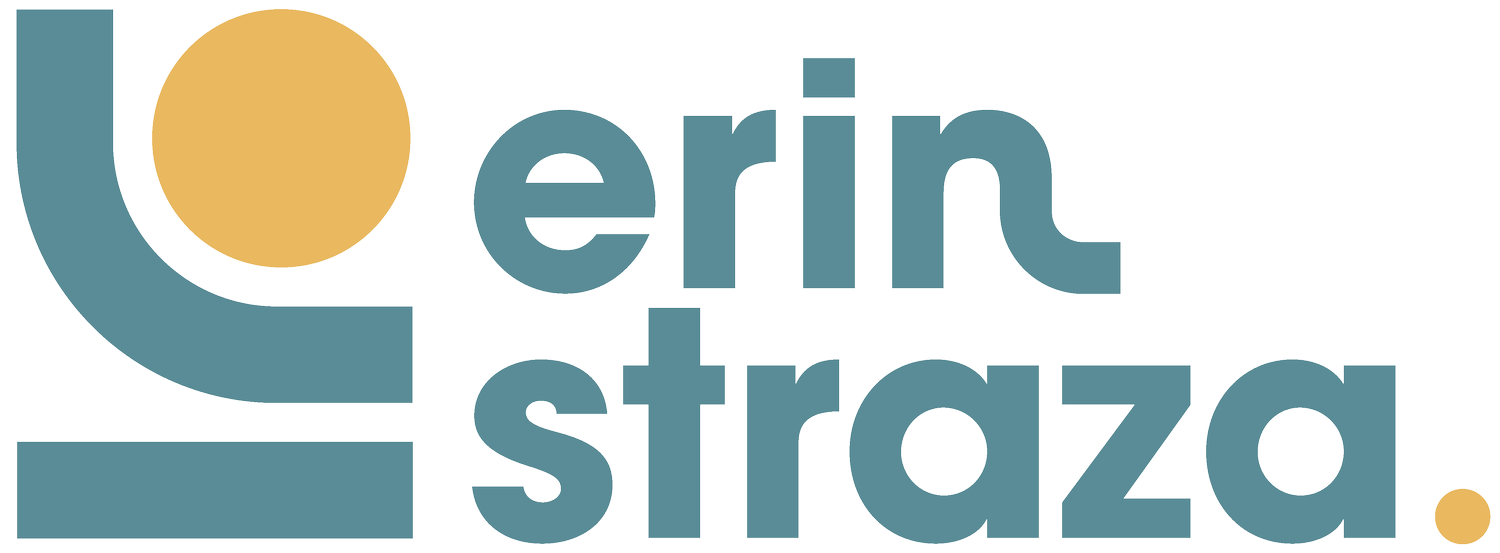Slicing and Dicing Your Donor Data
If my family could be defined by a meal, it would be The Soup, aka Hungarian Chicken Paprikash—spicy cayenne / paprika broth with chicken, potatoes, onion, dumplings, and noodles.
Growing up, my least favorite task for The Soup was peeling potatoes. That’s because the peeler often jumped the potato and scraped up my finger instead. I’ve been at odds with potato peelers ever since.
Once I started adulting, making my own version of The Soup and other potato dishes, I found a peeler-free solution: potatoes are sliced into 1-inch thick rounds, placed flat on the cutting board so I can cut away the peel. It produces peel-free hexagons that are ready to dice.
It’s weird, I know. But it gets the potatoes peeled.
The same is true when it comes to slicing and dicing your donor file into segments. (See what I did there?)
Segmenting your donor file is like peeling a potato: There’s no *one* way to do it, but it definitely needs to happen. (Unless you are making twice-baked potatoes, of course, but you know what I mean.)
Here are some common ways to slice and dice your data:
demographic traits (location, age, life stage, occupation, etc.)
giving level / donation amount
donor status (current, active vs. LYBUNY, SYBUNT, lapsed, etc.)
affiliations / groups (alums, participants, members, etc.)
Any of these options can work because there’s no single right way for all orgs. But there is a right way for YOUR org. The trick is figuring out which segments truly help you engage with *your* donors.
Wrangling your data—and keeping it current—is non-negotiable for avoiding communication fails. Old data will place the wrong message in a donor’s hand, putting a strain on that relationship.
PRO-TIP: Assign someone on your team to actively manage the donor file each and every week.
Once your file is segmented and trustworthy, you can devise specific engagement strategies for each group of donors (i.e., donor experience plans that define the WHEN, WHAT, HOW, and WHERE for each group).
Here’s the thing: If your donor comm team says the *same* thing in the *same* way at the *same* time to *every donor* in your file, that’s a communication fail.
Your donors deserve better—and so does your mission! Get to know WHO you are engaging with and put those communication fails to rest.
